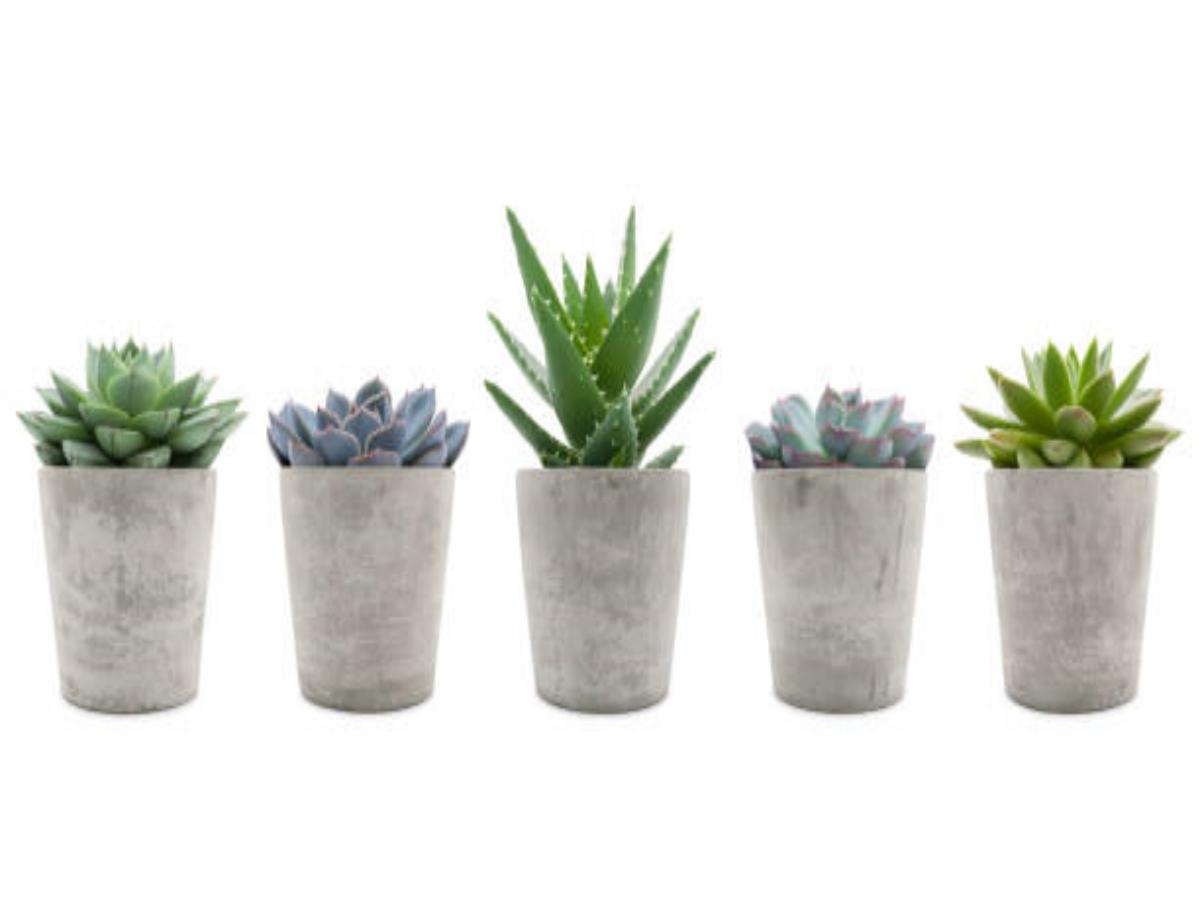How to Arrange Flower Pots in Your House: A Complete Guide
Introduction:
Flower pots are a wonderful way to bring the beauty of nature indoors. Whether you have a large garden or a small balcony, arranging flower pots in your house can transform any space into a vibrant and colorful oasis. In this article, we will explore various aspects of arranging flower pots in your house, from choosing the right plants to arranging them in aesthetically pleasing ways. Let's dive in!
1. Selecting the Perfect Flower Pots
When it comes to choosing flower pots for your house, there are a few factors to consider. Firstly, opt for pots that complement your interior decor. Whether you prefer modern, rustic, or eclectic styles, there is a wide range of pot designs available to suit your taste. Additionally, consider the material of the pots. Clay pots are great for plants that require well-drained soil, while plastic or ceramic pots are better for retaining moisture. Remember to choose pots of different sizes to create visual interest.
2. Understanding Natural Light Requirements
Before arranging your flower pots, it is crucial to understand the natural light requirements of your chosen plants. Some plants thrive in bright, direct sunlight, while others prefer indirect or low light conditions. Take into account the direction and intensity of the sunlight in each room of your house and select plants accordingly. This will ensure that your plants receive the appropriate amount of light to thrive.
3. Creating a Focal Point with Tall Plants
Tall plants can serve as excellent focal points in your indoor garden. Place them strategically near windows or corners to add height and drama to your space. Plants like the Snake Plant, Fiddle Leaf Fig, or Dracaena are popular choices for creating a striking vertical display. Remember to provide adequate support, such as stakes or trellises, to help your tall plants grow upright.
4. Mixing and Matching Plant Colors and Textures
Arranging flower pots is an art form, and one way to create an appealing display is by mixing and matching plant colors and textures. Consider choosing plants with different leaf shapes, sizes, and colors to add visual interest. Pair vibrant flowers with lush green foliage or combine plants with variegated leaves for a striking contrast. Experiment with different combinations until you find a harmonious balance.
5. Utilizing Hanging Baskets of Flower Pots
Don't forget about the vertical space in your house! Hanging baskets are a fantastic way to add greenery to areas that may be limited in floor space. Hang them near windows, in stairwells, or from ceiling hooks to create a cascading effect. Plants like Spider Plants, Boston Ferns, or trailing Pothos are ideal choices for hanging baskets due to their cascading growth habit.
6. Grouping Plants for Impact
Grouping plants together can create a stunning display and make a bold statement in your house. Combine plants of varying heights, textures, and colors to create a cohesive arrangement. Consider using a mix of tall, medium, and trailing plants to add depth to your grouping. Arranging them on a plant stand or shelving unit can further enhance the visual impact.
7. Incorporating Different Plant Shapes of Flower Pots
Plant shapes play a vital role in the overall aesthetics of your indoor garden. Experiment with plants of different shapes, such as tall and slender, bushy and round, or cascading and trailing. This will add diversity to your arrangement and create a visually appealing composition. Plants like the Swiss Cheese Plant, Jade Plant, or Peace Lily can add interesting shapes to your indoor garden.
8. Considering Proximity to Water Sources
When arranging flower pots, it is essential to consider the proximity to water sources, especially if you have a large number of plants. Placing plants near a water source, such as a sink or a balcony with easy access to a hose, will make watering less of a hassle. Additionally, grouping plants with similar water requirements together can simplify your watering routine.
9. Rotating Plants for Balanced Growth of Flower Pots
Plants tend to grow towards the light source, which can result in uneven growth. To ensure balanced growth, rotate your plants every few weeks. This will help prevent lopsided growth and ensure that all sides of your plants receive adequate light. Rotating your plants will also ensure that they grow straight and avoid leaning towards the light.
10. Maintaining a Consistent Watering Schedule
Lastly, maintaining a consistent watering schedule is crucial for the health and longevity of your indoor plants. Different plants have different water requirements, so it is important to research and understand the needs of each plant in your collection. Factors such as humidity, temperature, and pot size can also affect the watering frequency. Invest in a moisture meter or simply check the soil moisture regularly to determine when to water your plants.
Conclusion:
Arranging flower pots in your house is a delightful way to bring nature indoors. By selecting the perfect pots, understanding natural light requirements, and incorporating various design elements, you can create a stunning indoor garden that adds beauty and tranquility to your living space. Remember to consider the specific needs of your plants and maintain a consistent care routine to ensure their optimal growth. So go ahead, unleash your creativity, and transform your house into a green oasis!

